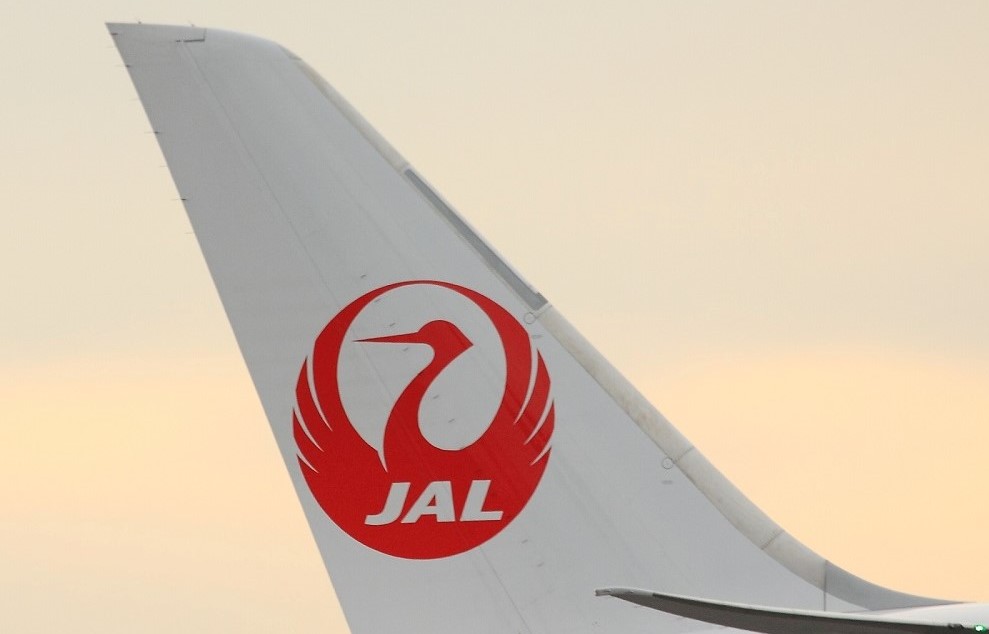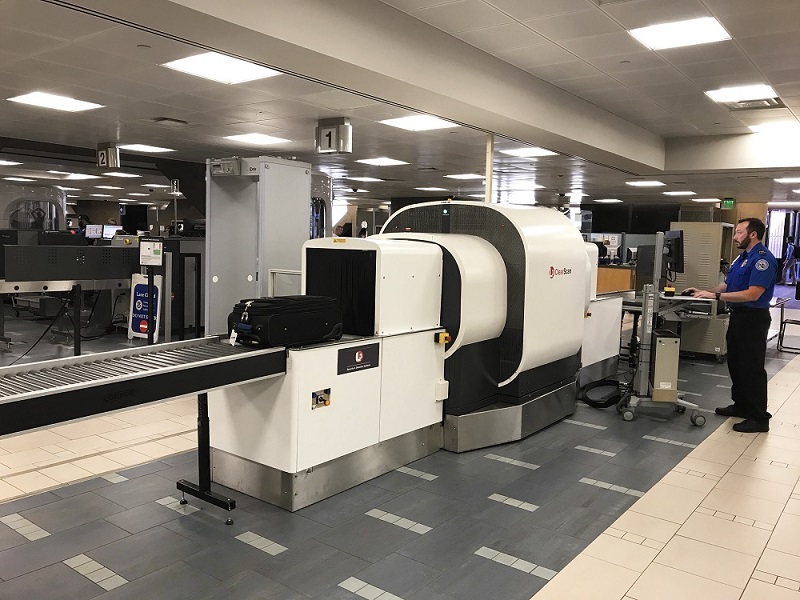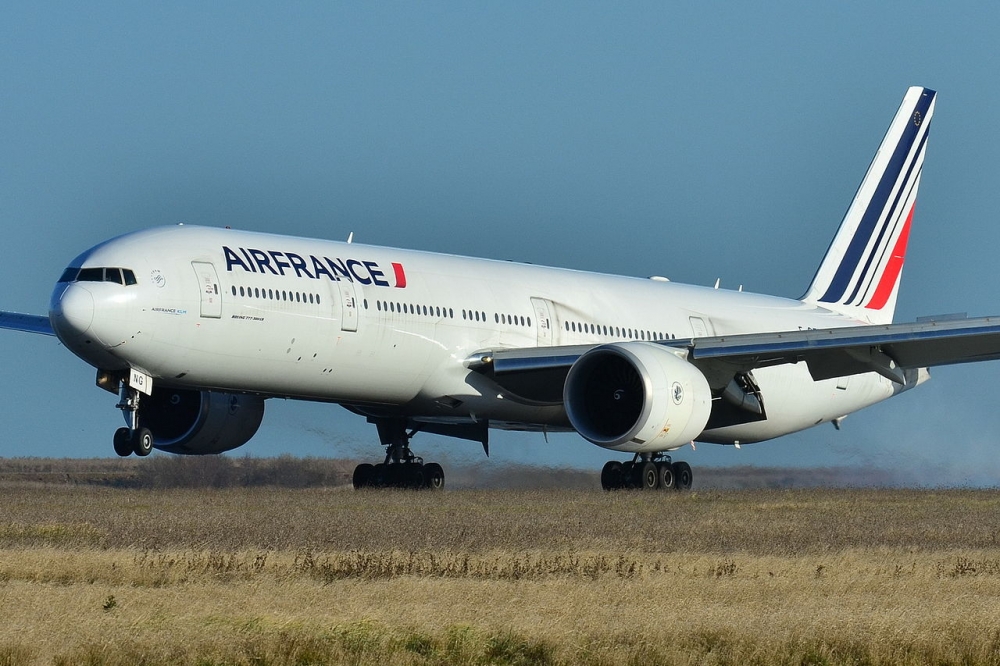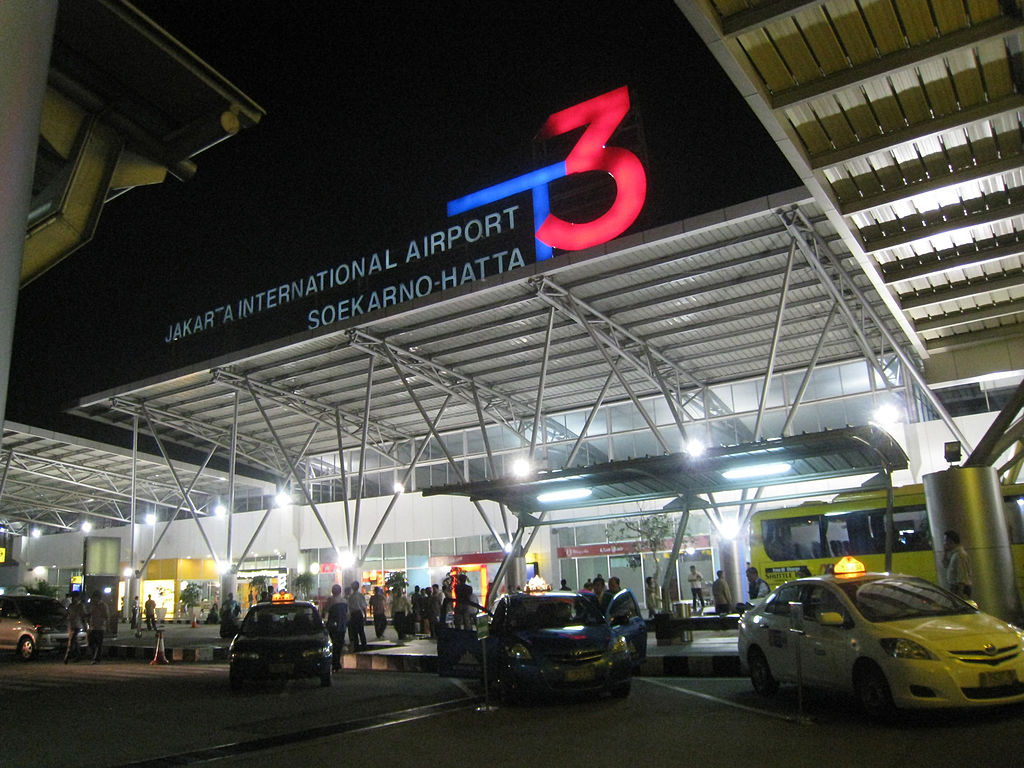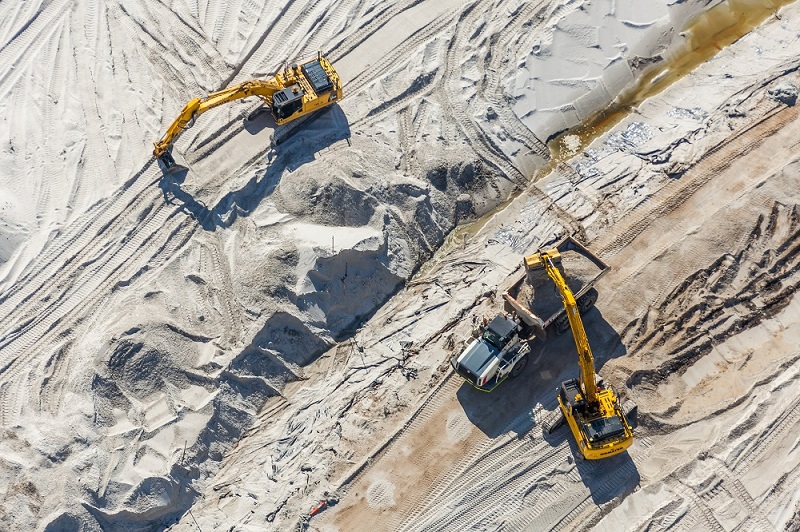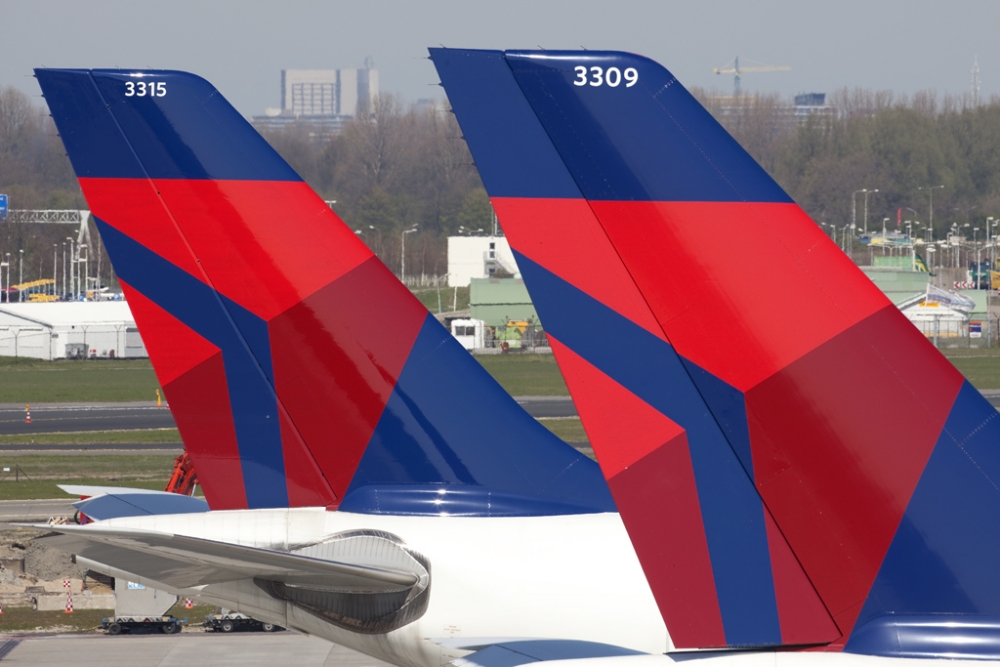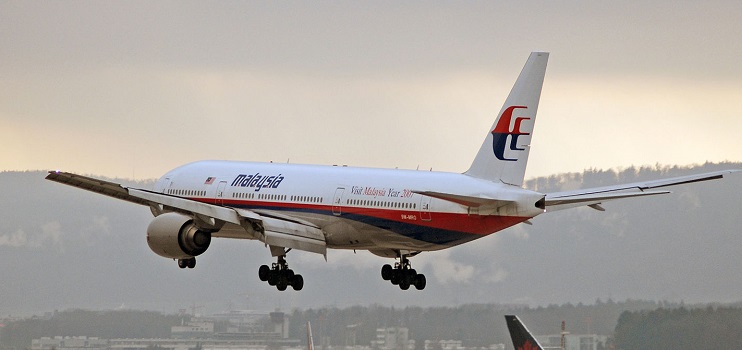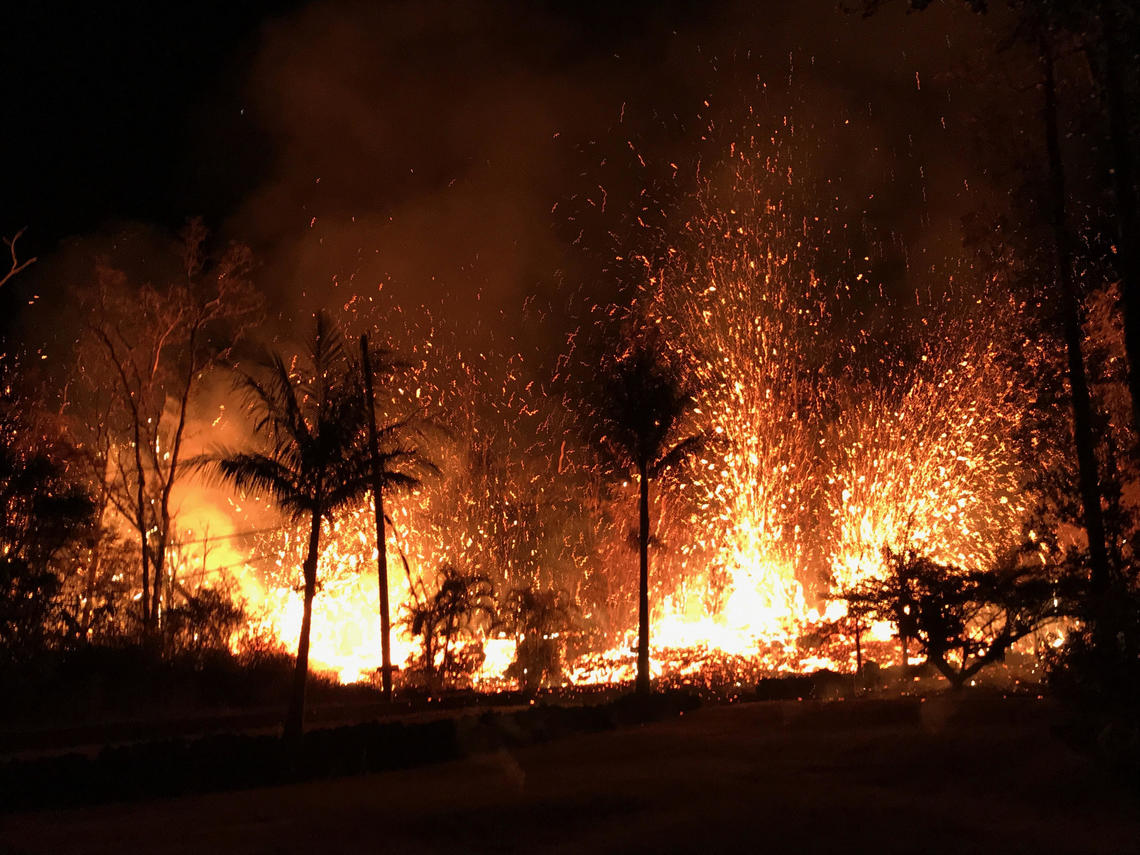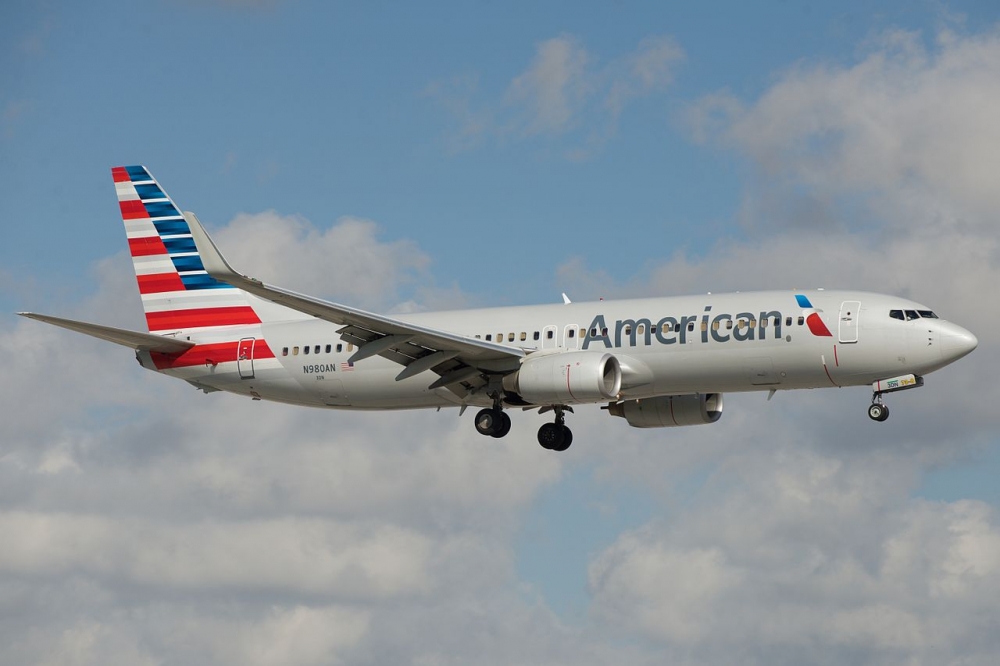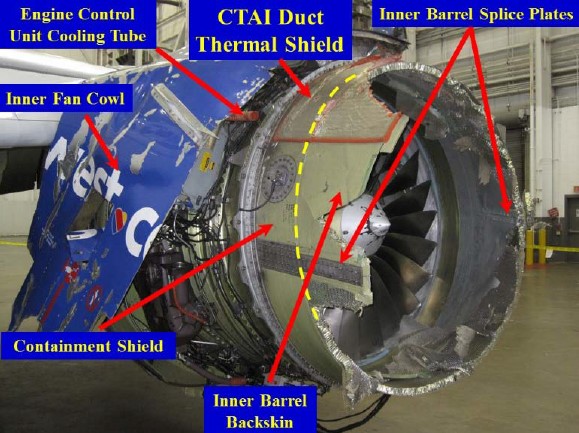Japan Air Lines (JAL) is planning to launch a medium- to long-haul, low-cost carrier by 2020 to capitalize on growing international traffic.
Japanese media report the airline aims to get the start-up running in time for the Tokyo Olympic and Paralympic games.
It is looking at destinations such as Europe and the US and plans to target both outbound and inbound travelers, according to the Nikkei Asian Review.
The routes are not expected to overlap with existing JAL international routes.
The Asia-Pacific is a growth hotspot for airlines and Aerospace giant Boeing expects Asian aviation traffic to grow by an average of 5.7 percent annually over the next 20 years.
The move comes as management is shifting its focus to growth since filing for bankruptcy protection in 2010. The Japanese government lifted restrictions on the company in 2017 that had limited investments and new routes in the wake of its bailout.
READ: Japan Airlines commits to Boom supersonic aircraft.
The airline already has a solid foothold in the domestic low-cost market through its investment in- in Jetstar Japan with Australia’s Qantas.
Japanese low-cost carriers account for about 10 per of the domestic market but this is still considered low compared to the penetration in markets such as the US and Europe.
However, the market share of low-cost carriers on international routes is almost double that at 20 percent.
A rocky start in the 2000s saw Qantas as a rare example of an airline successfully launching a low-cost subsidiary but a number of carriers have since jumped on the bandwagon.
JAL archrival All Nippon Airways is planning to merge its Vanilla Air and Peach low-cost offshoot by March, 2020.
ANA is also planning to use long-range smaller aircraft to service medium-haul flights.
JAL is also facing increased competition on international routes into Japan from the likes of Thailand’s Nok Air, Singapore’s Scoot and Malaysia’s AirAsia X.















